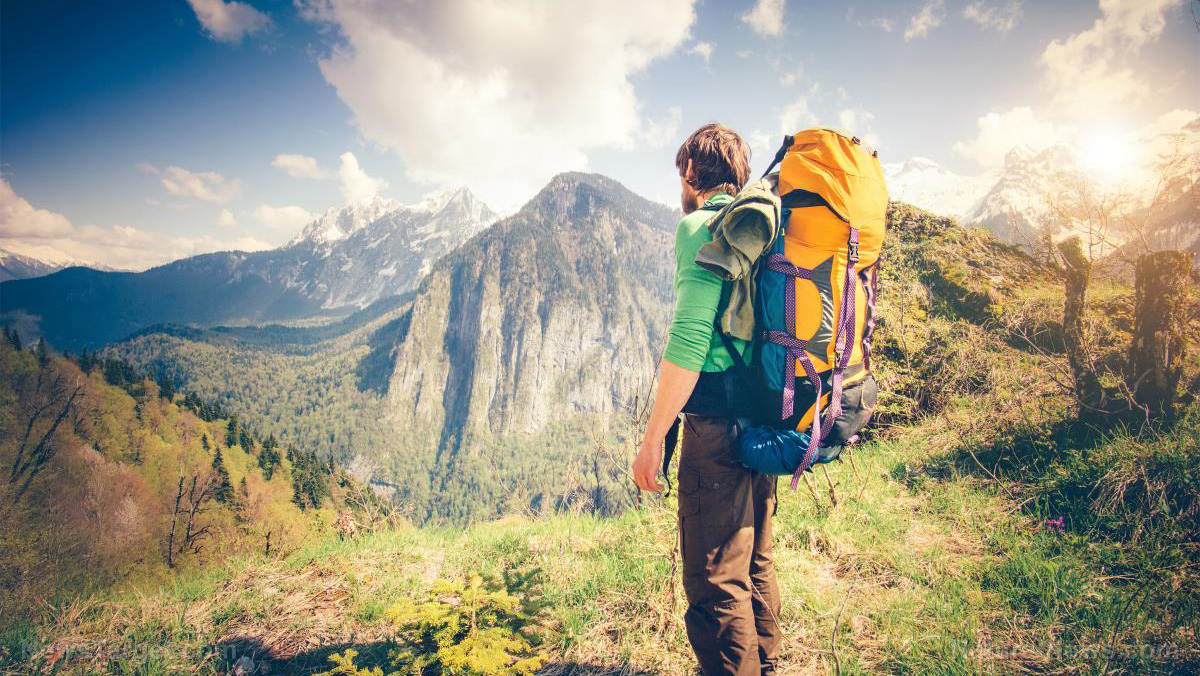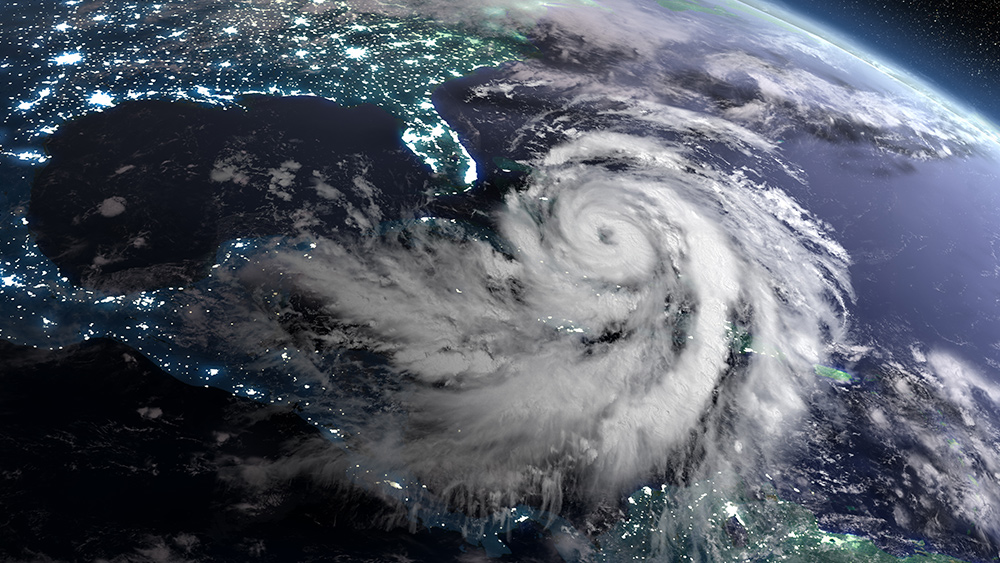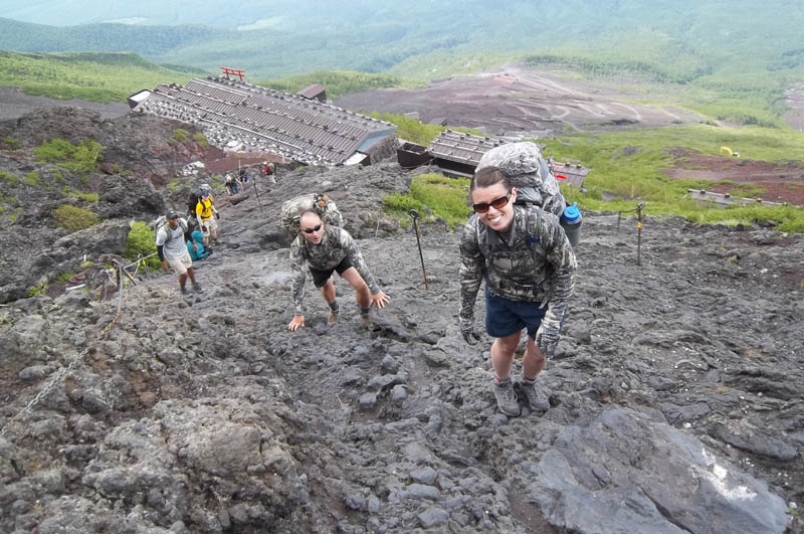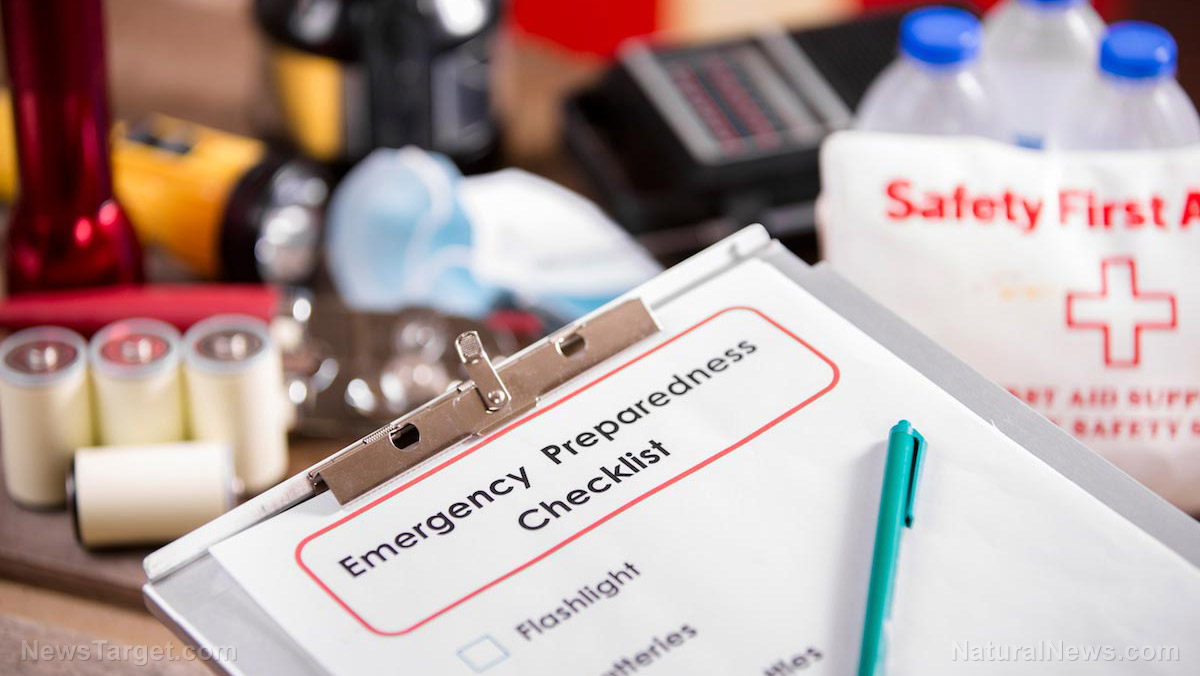Debunking 7 of the most common wildnerness survival myths
07/27/2018 / By Rhonda Johansson

Mainstream media has lied to you again — and this one has pretty big consequences. Please don’t believe those “reality” survival shows that show you what it’s really like to live in the wild, and survive. These shows are just entertainment. Real preppers understand that if you were to attempt some of the things depicted in these shows, you’re setting yourself up for disaster. Let us separate fact from fiction and debunk seven common misconceptions about wilderness survival.
- I have to kill me some insects — Contrary to what these reality shows depict, food is not the first priority. Your body can survive several days without food as long as you have water. If you find yourself in a survival situation, your first priority should be to find water, warmth and protection. (Related: Man survives 71 days in the desert by eating frogs and leeches.)
- If it’s yellow, let it mellow…in your mouth — We’ve all heard stories of people drinking their own urine to survive. While some of these stories are true, let’s just push the “pause” button right there. Remember that urine is how you pass waste products out of your body. When there is more water than waste, your pee is typically clear. This becomes darker as you become more dehydrated. To turn this around and put waste back in your body and force it to filter them again causes over-exhaustion and ironically, more dehydration. Survivalists say that you can drink it one to two times in an extreme emergency, but this should be avoided as much as possible.
- I can survive on a cactus! — Cacti do hold water, but the liquid inside actually contains several toxins that can induce vomiting, diarrhea, and cramps. It’s better to find other water sources, such as those found in rock crevasses.
- Okay, how about snow? — Snow is technically ice water, so it should be safe, right? No. Snow can increase your chance of developing hypothermia as it lowers your body’s internal temperature. If you are already sickly and in the wild, it is of utmost importance to keep warm. If you need water, it’s best to melt the snow by boiling it and then letting that cool down before drinking it.
- I need a roof — When we think of “shelter,” we often think of four walls and a roof. In the wild though, this would be nearly impossible to find. When survivalists talk about shelter, they are talking about anything that can protect you against the elements. If the weather is hot, try looking for shade. Similarly, create a bed to keep you insulated from the cold ground. If you can find some sort of roof, typically made from branches or leaves, that’s an added bonus.
- A bear? Play dead — This really depends on the type of bear that approaches you. Playing dead only works if you’re being attacked by a mother grizzly defending her cub. If it’s a predatory bear, playing dead may only be foreshadowing to what is about to come. If a bear attacks (particularly a black one), fight for your life. A predatory bear usually stalks its prey and attacks from behind.
- Punch a shark in the nose — Unless you have the eyesight of a hawk, the chances of you hitting a shark in the nose are very slim. You might be putting your hand right in the shark’s mouth instead. A better defensive technique is to go for the eyes or the gills. Additionally, try not to punch, but claw your way out. Sharks like easy prey. If they see that you’re willing to put up a fight, they will most likely swim away to protect themselves.
As you can see, there are some truths mixed in with the misconceptions, but it is particularly important that you understand which one is which. What is more dangerous is not knowing these things in the first place. Remember that anything can happen and it is best to be prepared.
Sources include:
Tagged Under: myths debunked, off grid, practical application, preparedness, reality vs entertainment, survival myths, Survival Tips, wilderness survival



















